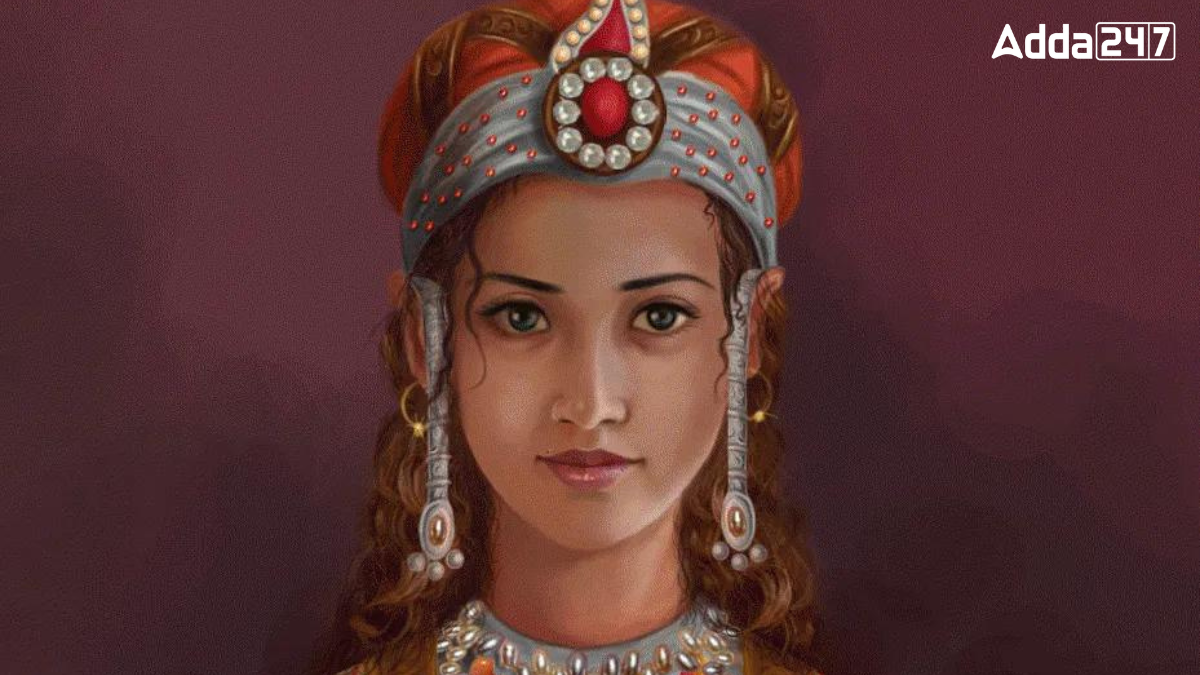First Woman Ruler in India, Know Her Name [Current Affairs]
In the annals of Indian history, the emergence of women as rulers was a groundbreaking development. At a time when leadership was predominantly male, a remarkable woman stepped into the role of a sovereign, challenging societal norms and proving her mettle. Her reign not only marked a significant shift in gender roles but also left a lasting impact on the political landscape of her era.
First Woman Ruler in India
Razia Sultana, the first woman ruler in India, ascended the throne of the Delhi Sultanate in 1236. Born in 1205 to Shams-us-din Iltutmish, she overcame gender biases and political challenges to rule effectively until 1240. Known for her administrative reforms and defiance of traditional norms, Razia’s reign was cut short by internal dissent and betrayal, yet her legacy as a pioneering female leader endures in history.
Early Life and Background of Razia Sultan
Razia Sultana was born in 1205 to Shams-us-din Iltutmish, who had risen from being a slave to a prominent position in the Delhi Sultanate. Iltutmish was impressed by Razia’s capabilities and ensured she received an education in various disciplines, including archery, martial arts, and administration.
Ascensio to the Throne
Upon Iltutmish’s death on April 30, 1236, Razia was initially appointed as his successor. However, due to gender biases and political intrigues, her incompetent brother, Rakn ud din Firuz, was placed on the throne. His rule was short-lived, ending with his assassination and that of their mother, Shah Turkaan. Razia finally ascended the throne on November 10, 1236.
Razai Sultan – Reign and Reforms
Razia Sultana’s reign was marked by several significant changes. Upon her coronation, she removed her veil and adopted men’s attire, boldly issuing coins in her name and image. Her reign was characterized by administrative reforms and a focus on strengthening the kingdom. She established schools, academies, and public libraries, gaining admiration for her efficient governance.
Challenges and Downfall
Despite her achievements, Razia faced opposition from the Turkish nobles, partly due to her rumored involvement with Jamal ud-Din Yaqut, an Abyssinian slave. The nobles eventually captured her, and her brother Muizuddin Bahram Shah seized the throne. Razia’s subsequent attempts to regain power with Malik Altunia, the governor of Bhatinda who became her husband, failed. They were defeated by Bahram on October 13, 1240.
Final Days and Legacy of Razai Sultan
After their defeat, Razia and Altunia fled to Baithal, where they were eventually killed by Hindu Jats. The exact location of Razia Sultana’s grave remains unknown, with speculations placing it in Baithal, Delhi, or Tonk. Despite her tragic end, Razia’s legacy endures. Her story has inspired women across generations, appearing in songs and folklore, celebrating her role as the first female ruler in Indian history.
Source: currentaffairs by adda247



![Longest Bus Journey in India, Know Its Distance [Current Affairs]](https://officialsarkar.in/wp-content/uploads/2024/09/Longest-Bus-Journey-in-India-768x432.png)
![India-Pakistan Conflicts [Current Affairs]](https://officialsarkar.in/wp-content/uploads/2024/08/Indo_Pak_War_CNN-1-768x432.jpg)
![India and UAE Sign Landmark Civil Nuclear Energy Agreement [Current Affairs]](https://officialsarkar.in/wp-content/uploads/2024/09/India_UAE_10737-1-768x432.jpg)
![Mumbai Ranks 2nd, New Delhi 3rd In Global Property Price Index [Current Affairs]](https://officialsarkar.in/wp-content/uploads/2024/08/Mumbai-Ranks-2nd-New-Delhi-3rd-In-Global-Property-Price-Index-768x432.png)
![70th National Film Awards 2024 [Current Affairs]](https://officialsarkar.in/wp-content/uploads/2024/08/70th-National-Film-Awards-2024-768x432.png)
![Harvinder Singh and Preeti Pal Named Flag Bearers for Paralympics Closing Ceremony [Current Affairs]](https://officialsarkar.in/wp-content/uploads/2024/09/Harvinder-Singh-and-Preeti-Pal-Named-Flag-Bearers-for-Paralympics-Closing-Ceremony-768x432.png)